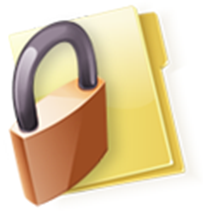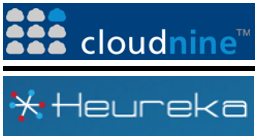Three Ways that eDiscovery is Safer in the Cloud: eDiscovery Trends
I missed this article when it was published a couple of weeks ago (and have actually presented in a CLE program with the author since), but it still seems timely to cover especially in light of our post on Monday regarding lawyers’ use of the cloud and their concerns about security…
In the article 3 Ways E-Discovery is Safer in the Cloud than On-Premise, David Greetham discusses how, often, cloud service providers have stronger security options than those at law firms. He notes three reasons in particular as to why that is the case:
- Sophisticated encryption: The ability for providers to encrypt data at rest (i.e., in storage), in transit and intra-application (i.e., moving data from one application to another) is something that most firms don’t provide. As David notes, this means that they not only protect sensitive business data, but also ensure compliance with HIPAA, HITEC and other regulations designed to protect personally identifiable information (PII).
- Security experts on staff: Cloud service providers employ a sizeable team of security experts which proactively monitor their cloud environment 24 hours a day, 365 days a year.
- First access to emerging technologies: The cloud is where emerging technologies will be implemented first, because that’s where more and more data is being stored and processed.
David states that “Many firms have the mistaken impression that their data is safest where they can ‘touch’ it and are hesitant to move it from on-premise to the cloud (which conjures up images of data freely floating through the air). Yet, law firms aren’t actually that confident about their own security. In the 2016 ILTA/Inside Legal Technology Purchasing Study, 67 percent identified security management as their top IT challenge. Meanwhile, professional cloud services providers are offering an alternative approach, in which they promote increased security services around e-discovery.”
From a business standpoint, the cloud model simply makes sense, both for providers and consumers. Providers are able to provide state of the art security because multiple clients pay for it, which is the same reason that it also makes sense for consumers – the ability to afford a secure, state of the art infrastructure without having to foot the entire bill. It amazes me that more lawyers aren’t open to the possibility of the cloud.
So, what do you think? Do you think that cloud solutions are more secure than on-premise solutions? Please share any comments you might have or if you’d like to know more about a particular topic.
Disclaimer: The views represented herein are exclusively the views of the author, and do not necessarily represent the views held by CloudNine. eDiscovery Daily is made available by CloudNine solely for educational purposes to provide general information about general eDiscovery principles and not to provide specific legal advice applicable to any particular circumstance. eDiscovery Daily should not be used as a substitute for competent legal advice from a lawyer you have retained and who has agreed to represent you.








